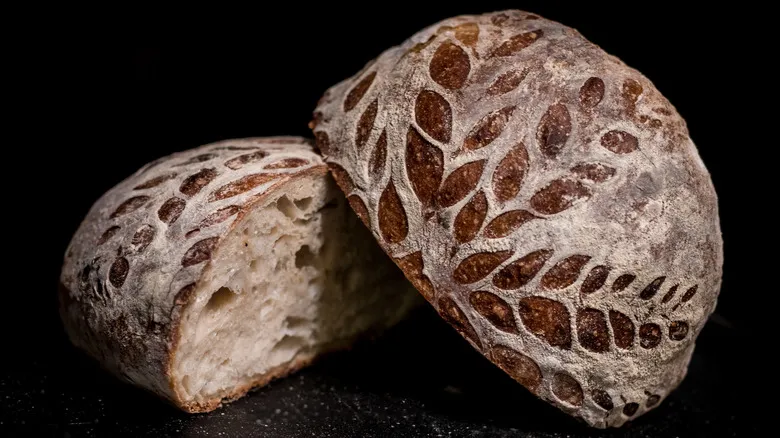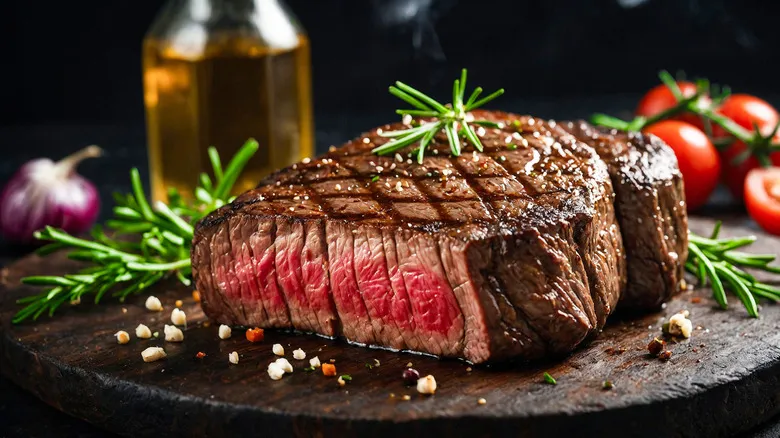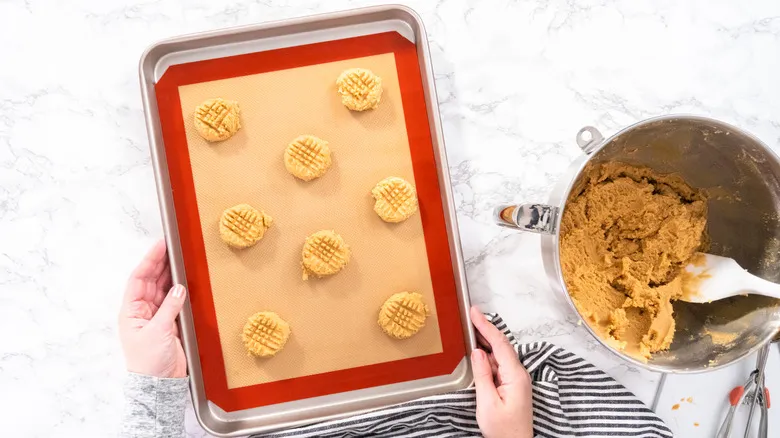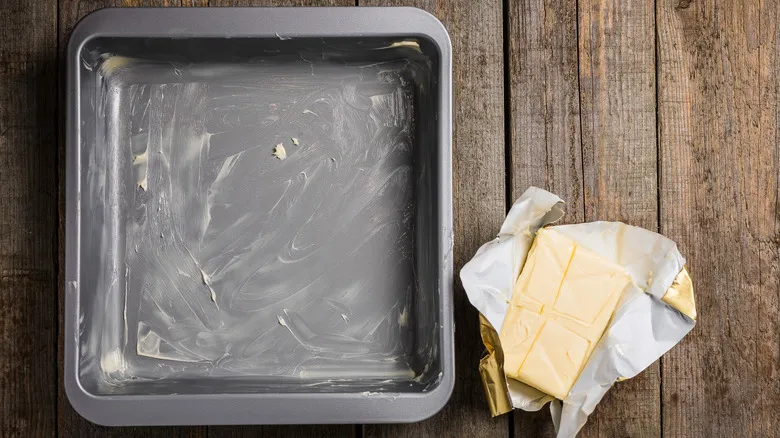Metal pans

Metal bakeware can endure higher temperatures than glass, making it perfect for foods that require short baking times at elevated temperatures, such as cookies, biscuits, cakes, muffins, and breads. Metal baking pans are also favored for browning and quick roasting, as they heat up rapidly and cool down relatively quickly (which is why sheet pan dinners are often more effective than those cooked in Pyrex glass dishes).
When broiling at high oven temperatures, it's advisable to use a metal dish, as glass can shatter under such conditions. Additionally, glass can break if placed directly on the stovetop, so if you plan to start cooking on the stove before moving to the oven, opt for a metal pot that is safe for both stovetop and oven use. This recommendation generally applies to savory dishes, but it can also be relevant for some desserts.
Furthermore, the color of your metal pans can impact your baking results; darker metal pans tend to promote faster browning, so you might prefer lighter pans for items like cookies, banana bread, and cakes.
Glass pans

Glass bakeware offers the benefit of even heat distribution, which helps your food cook uniformly. However, it is not an efficient heat conductor, meaning it takes longer to heat up. Once it does reach temperature, it retains heat for a considerable time after being taken out of the oven. For instance, using a glass pie plate ensures consistent heat distribution, promoting an evenly baked crust. Additionally, it allows you to monitor the baking progress without having to guess if the bottom is browned. However, because glass heats slowly, it can lead to crusts shrinking and sliding more than they would in metal or ceramic pans.
When baking with eggs or acidic ingredients like tomatoes and citrus, opt for glass dishes, as metal pans can react with the acidity, resulting in discoloration or a metallic taste. Another drawback of glass bakeware is its sensitivity to rapid temperature changes, which can lead to breakage under extreme conditions. While this is rare, it's advisable to avoid placing glass bakeware directly on a stove burner or under a hot broiler.
Keep in mind that when substituting a glass dish for a metal baking pan, you should lower the baking temperature by 25 degrees and check your food frequently, as it may finish cooking up to 10 minutes earlier. This is due to the slower heating of glass compared to metal, although it can become very hot once it reaches the desired temperature.
Recommended

Alton Brown's Clever Hack To Grill Kabobs Without The Hassle

Why It's So Important To Score Bread Before Baking It

For The Best Steak Crust, Brown Sugar Is A Must

How To Clean Silicone Baking Mats Like A Pro
Next up

